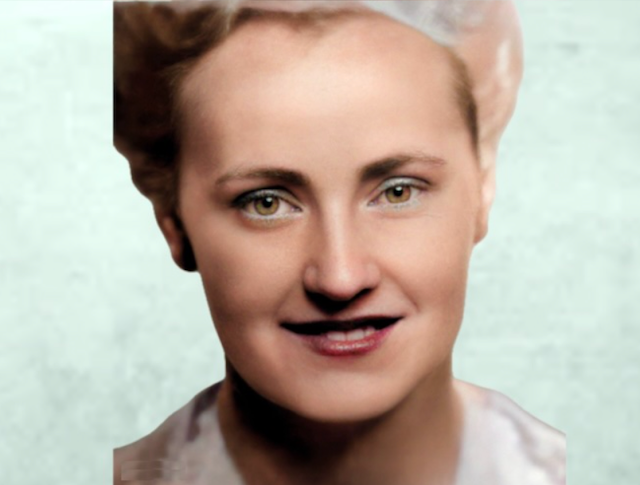The body of a woman, later called “Marin County Jane Doe,” was found.
According to DNASolves.com, she was wearing a red cotton dress and a white trench coat when the remains were discovered.
For over 50 years, her identity remained a mystery.
But thanks to forensic DNA analysis and investigative genetic genealogy, the cold case has finally been solved.
The woman has been identified as Dorothy Jean Williams, also known by her married name, Dorothy Jean Vaillancourt.
The Mystery of Marin County Jane Doe
When Dorothy’s body was found, investigators estimated that she was between 45 and 60 years old.
She was 5’2” tall, weighed 105 pounds, and had beautiful auburn red hair.
Sadly, her cause of death was never determined.
The case was added to the National Missing and Unidentified Persons System (NamUs) as UP12018, but despite many efforts, her identity remained unknown.
During the initial investigation, a promising clue gave hope to the case.
A woman matching Dorothy’s description had been seen at a fire station three months before her body was found.
She told firefighters she was stranded and had no money for a taxi.
After being told she couldn’t stay at the station, she walked away.
That was the last time anyone saw her alive.
Despite this information, law enforcement officials in Marin County couldn’t confirm that the remains belonged to Dorothy at the time.
The Breakthrough: DNA Analysis and Genetic Genealogy
In 2022, the Marin County Sheriff’s Office, in collaboration with the California Department of Justice, decided to take a modern approach to this decades-old mystery
They sent forensic evidence to Othram, a DNA lab in Texas for advanced DNA testing.
Using Forensic-Grade Genome Sequencing®, Othram’s scientists created a detailed DNA profile.
This advanced DNA analysis was made possible by funding from the Roads to Justice (RTJ) program.
They support the use of innovative technology to solve cold cases.
Othram’s team then used investigative genetic genealogy to find Dorothy’s relatives.
This method combines genetic testing with traditional DNA analysis and has become a powerful tool for solving cold cases.
Through this process, Dorothy was finally identified as Dorothy Jean Williams, originally from Tasmania.
Closure for Dorothy’s Family
Dorothy was buried at Mt. Tamalpais Cemetery in San Rafael, California, long before she was identified.
For her family, her disappearance had been a painful mystery.
Kristen Mittelman, chief development officer for Othram, shared how meaningful this discovery was.
“From the perspective of the family of this woman, she just disappeared, and they may have thought they’d never know where she went. It doesn’t matter how old a case is, or whether it was hopeless in the past, there is technology here today that works, and it is able to give answers to a lot of families,” she said.
Dorothy’s identification is just one example of how cold cases solved by DNA are bringing closure to families and justice to victims.

Comments
Post a Comment